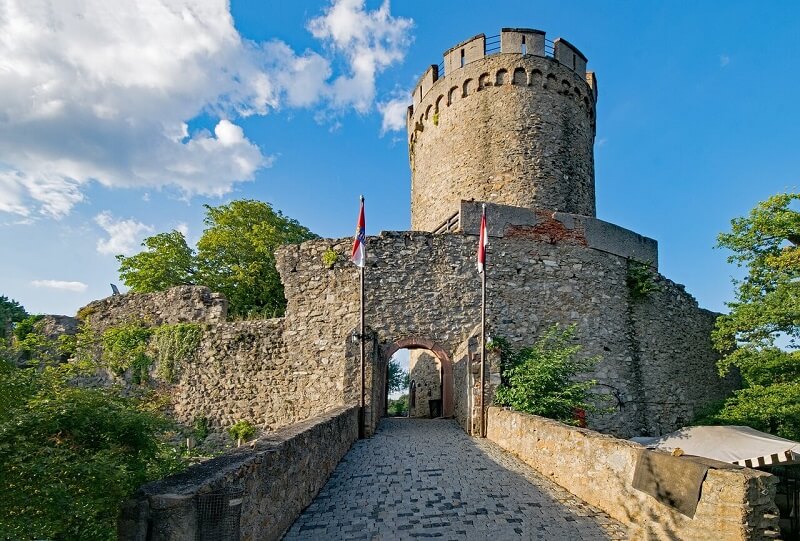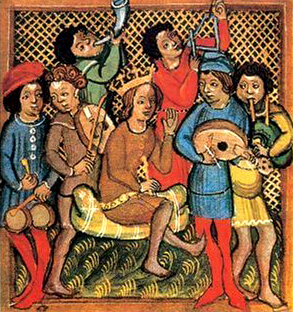 The Story of Mankind Part I
The Story of Mankind
The Story of Mankind Part I
The Story of Mankind



 The Story of Mankind Part I
The Story of Mankind
The Story of Mankind Part I
The Story of Mankind

Study the lesson for one week.
Over the week:
Activity 1: Narrate the Lesson
Activity 2: Study the Story Pictures


Activity 3: Discuss Rank
In the lesson, dukes, counts, barons, or bishops ruled small principalities. But what is the difference between the different titles?
Bishops are unlike dukes, counts, and barons because they are officials in the church hierarchy.
As for the others, say the phrase, 'Do men ever visit Boston?' for the key to unlocking the mystery.
Activity 4: Complete Copywork, Narration, Dictation, and Art

Click the crayon above. Complete pages 71-72 of 'World History Copywork, Narration, Dictation, and Art for Third Grade.'